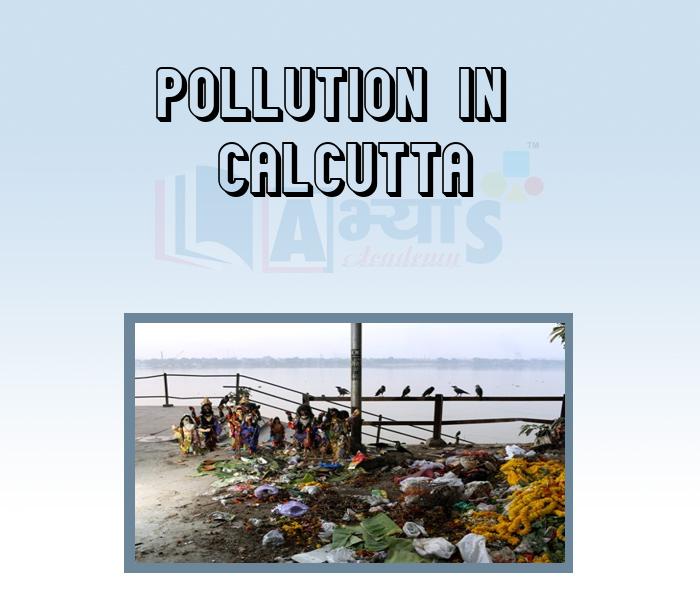Pollution in Calcutta













Pollution in Calcutta
Pollution in Calcutta: Calcutta had a long history of air pollution. Since, the city was built on marshy land, the resulting fog combined with smoke to generate thick smog. The pollution was a consequence of using and wood as fuel by people in daily life. The main polluters were the industries and establishments that used steam engines running on coal. The railways, introduced in 1855, brought another pollutant into the picture. The high content of ash in Indian coal was a problem. In 1863, Calcutta became the first Indian city to get smoke nuisance legislation. In 1920 the rice mills of Tollygunge began to rice husk instead of coal. As a result, the air was filled up with the black soot which feel drizzling rain for the whole day. This made the lives of the common men miserable. The inspectors of the Bengal Smoke Nuisance Commission finally managed to control industrial smoke. Controlling domestic smoke, however, was far more difficult.
Conclusion: Despite its various problems, cities always those attracts those who dream for freedom and opportunity. It offers social and economic mobility to those who make it their home.
Students / Parents Reviews [10]
My experience with Abhyas academy is very good. I did not think that my every subject coming here will be so strong. The main thing is that the online tests had made me learn here more things.

Hiya Gupta
8thBeing a parent, I saw my daughter improvement in her studies by seeing a good result in all day to day compititive exam TMO, NSO, IEO etc and as well as studies. I have got a fruitful result from my daughter.

Prisha Gupta
8thOne of the best institutes to develope a child interest in studies.Provides SST and English knowledge also unlike other institutes. Teachers are co operative and friendly online tests andPPT develope practical knowledge also.

Aman Kumar Shrivastava
10thAbhyas is a complete education Institute. Here extreme care is taken by teacher with the help of regular exam. Extra classes also conducted by the institute, if the student is weak.

Om Umang
10thAbout Abhyas metholodology the teachers are very nice and hardworking toward students.The Centre Head Mrs Anu Sethi is also a brilliant teacher.Abhyas has taught me how to overcome problems and has always taken my doubts and suppoeted me.

Shreya Shrivastava
8thAbhyas Methodology is very good. It is based on according to student and each child manages accordingly to its properly. Methodology has improved the abilities of students to shine them in future.

Manish Kumar
10thMy experience was very good with Abhyas academy. I am studying here from 6th class and I am satisfied by its results in my life. I improved a lot here ahead of school syllabus.

Ayan Ghosh
8thIt has a great methodology. Students here can get analysis to their test quickly.We can learn easily through PPTs and the testing methods are good. We know that where we have to practice

Barkha Arora
10thA marvelous experience with Abhyas. I am glad to share that my ward has achieved more than enough at the Ambala ABHYAS centre. Years have passed on and more and more he has gained. May the centre flourish and develop day by day by the grace of God.

Archit Segal
7thIt was good as the experience because as we had come here we had been improved in a such envirnment created here.Extra is taught which is beneficial for future.
